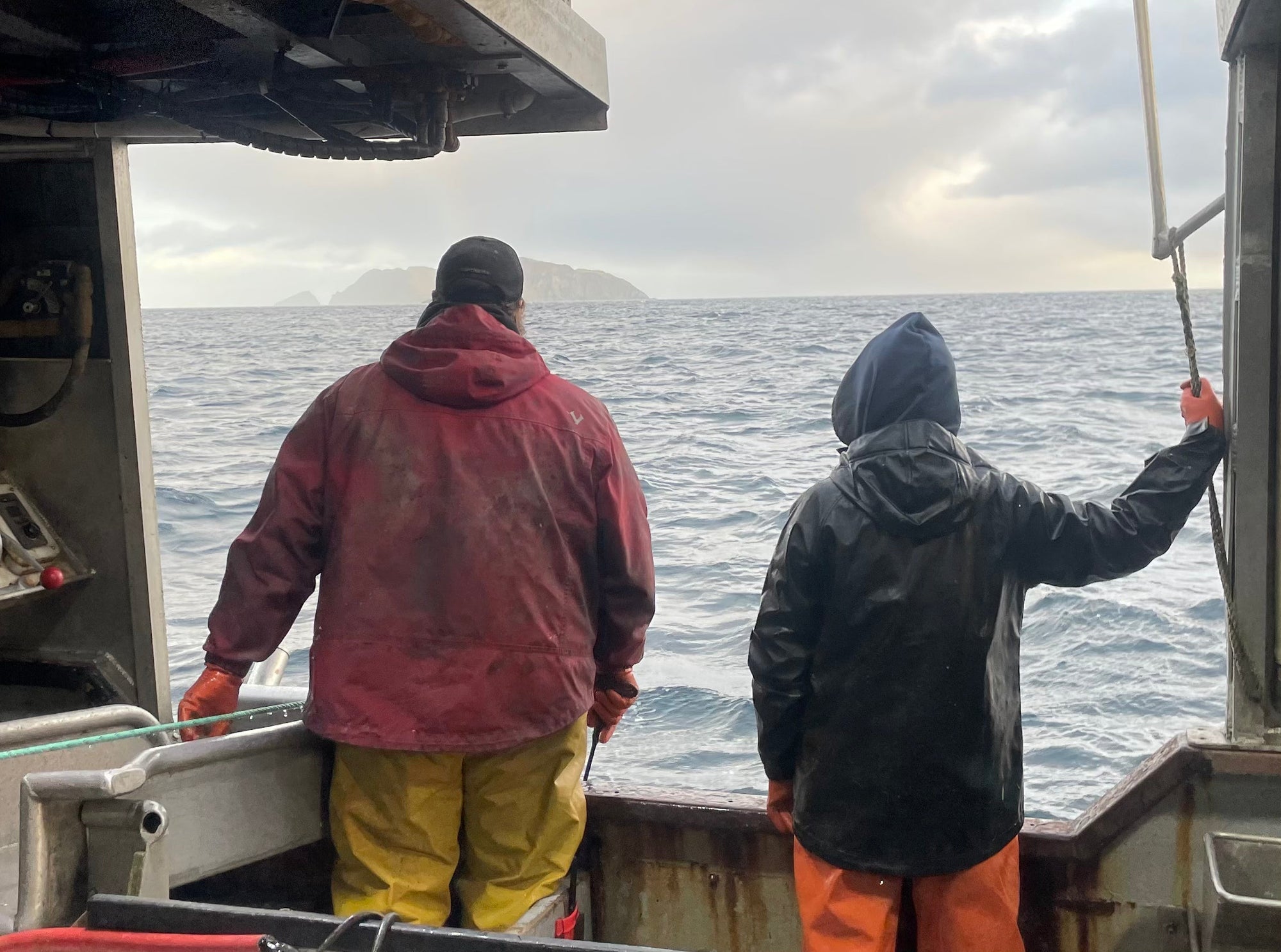Have you ever wondered why different types of salmon are different colors? The answer is simple. Wild salmon color is diet-dependent and farmed salmon color is chemically produced.
The color of wild salmon reflects their diet of shrimp and krill. Shrimp and krill are crustaceans filled with nutrients called carotenoids, giving them the reddish color. These carotenoids are the same pigments that make carrots orange and tomatoes red! Each species of salmon eats a specific ratio of shrimp and krill, influencing how pink or red their color is. Sockeye has the deepest red color of all salmon species.
In salmon farming (called aquaculture), fish are not fed shrimp and krill; they are fed dry pellets (much like dog food) containing ingredients such as “soybean meal, corn gluten meal, canola meal, wheat gluten and poultry by-products.” The natural color of farmed salmon would be grayish beige or off-white, so to increase consumer appeal, salmon farmers will add astaxanthin to the feed to achieve the desired pink color. There are even salmon color matching tools used to assess coloring in aquaculture - you can see for yourself here.
Not only is farmed salmon color chemically produced but this difference in diet means that farmed salmon can be higher in calories and saturated fats, lower in protein, have a higher exposure to toxins, and can be risky for our oceans and whales.
As always, #eatwild.


